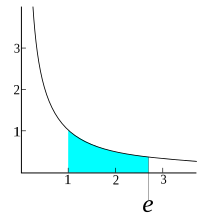
Photo from wikipedia
Using prosthetic devices requires substantial cognitive workload. This study investigated classification models for assessing cognitive workload in electromyography (EMG)-based prosthetic devices with various types of input features including eye-tracking measures,… Click to show full abstract
Using prosthetic devices requires substantial cognitive workload. This study investigated classification models for assessing cognitive workload in electromyography (EMG)-based prosthetic devices with various types of input features including eye-tracking measures, task performance, and cognitive performance model (CPM) outcomes. Features selection algorithm, hyperparameter tuning with grid search, and k-fold cross validation were applied to select the most important features and find the optimal models. Classification accuracy, area under the receiver operation characteristic curve (AUC), precision, recall, and F1 scores were calculated to compare models' performance. The findings suggested that task performance measures, pupillometry data, and CPM outcomes, combined with the naïve bayes (NB) and random forest (RF) algorithms, are most promising for classifying cognitive workload. The proposed algorithms can help manufacturers/clinicians predict cognitive workload of future EMG-based prosthetic devices in early design phases.
Journal Title: Ergonomics
Year Published: 2023
Link to full text (if available)
Share on Social Media: Sign Up to like & get
recommendations!